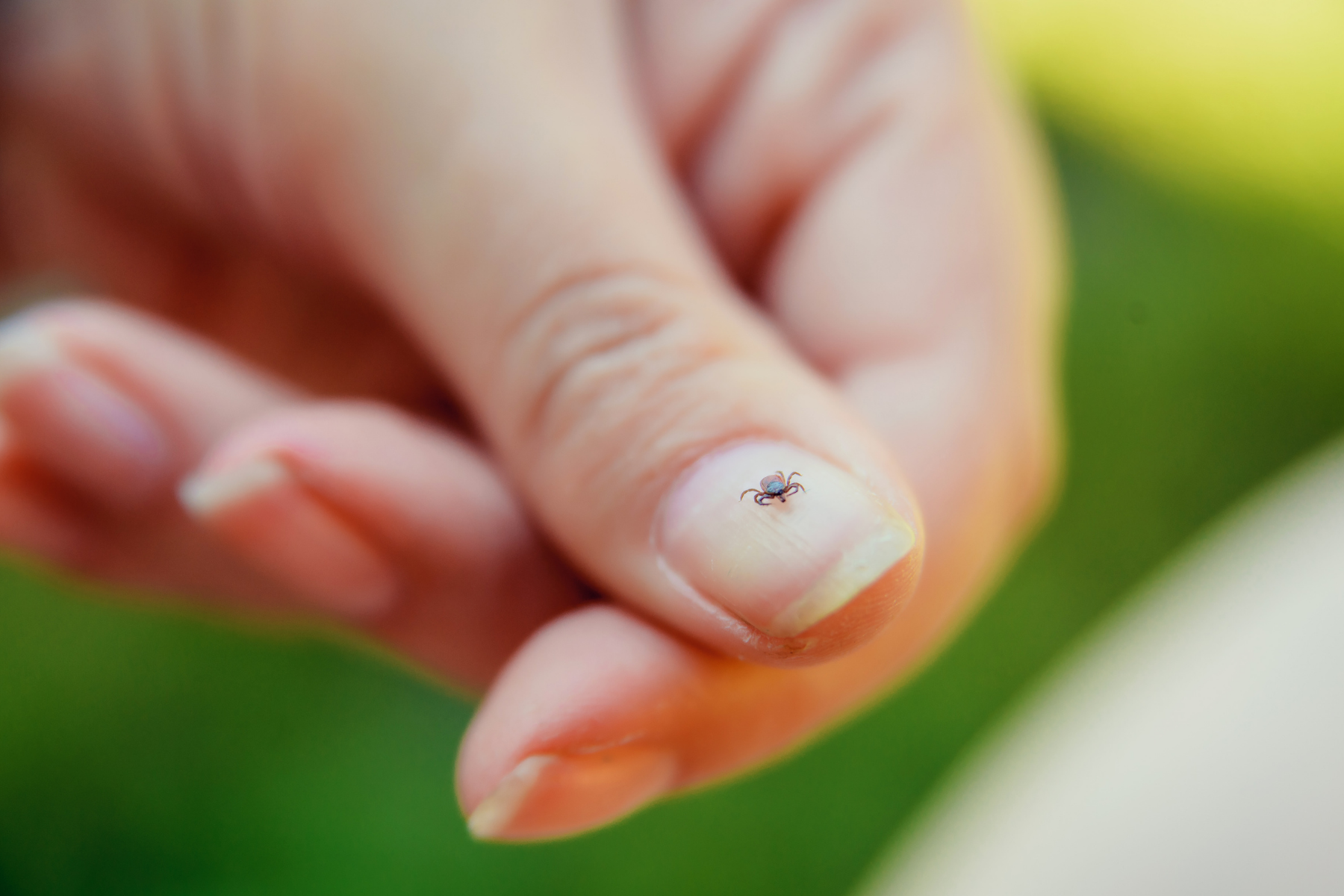According to the Bureau of Labor Statistics, tendonitis causes more than 70,000 people to miss work per year. This is just one of many reasons why it is important to understand the symptoms of tendonitis so that you can avoid not only the pain but the inconvenience it...
LATEST BLOGS
Husband and Wife of 54 Years Undergo Joint Replacement Surgeries On The Same Day
Premier Orthopaedics surgeon, Dr. Jonathan Garino, performed back-to-back procedures on a couple who have been married for 54 years! They shared their same-day surgery journey at the MUVE Center with @6ABC. Watch the incredible story below. Read the full ABC6 story...
What are Non-Surgical Treatment Options for a Herniated Disc
The spine consists of 26 bones called vertebrae and between them are cushion-like pads called “intervertebral discs”. The discs serve as shock absorbers for the vertebrae and help provide stability to the spine. When one of these intervertebral discs loses its normal...
Lyme disease – How can it affect my joints?

As the weather increases in temperature, so do the number of tick bites and cases of Lyme disease – an illness caused by a bacteria, Borrelia burgdorferi, which is transmitted by a deer tick bite. Typically, early symptoms of Lyme disease include fever, fatigue, and at times, a bullseye rash, called erythema migrans.
If an early infection is missed or is asymptomatic and left untreated, the disease can spread to the heart, nerves, brain, and even the joints, causing Lyme arthritis – inflammation in the joint tissue.
“Lyme arthritis most commonly affects one joint, typically the knee, and presents as pain and swelling without any injury or trauma,” explains Shawn Potteiger, D.O., sports medicine physician at Premier.
Additionally, when Lyme disease spreads, “Patients experience warm, swollen joints with increased pain when the knee or joint is fully straightened or bent,” states Itai Gans, M.D., sports medicine surgeon at Premier. “Joint swelling can increase and decrease, move between different joints and become quite painful, which can limit the ability to walk, at times,” says Gans.
Diagnosis for Lyme disease is done through lab testing. Luckily, the illness can successfully be treated with antibiotics. If joint swelling progresses, patients may need to seek orthopaedic care to treat fluid buildup.
It’s important to routinely check your body from head to toe when being in a common area for exposure (i.e. wooded or tall grassy landscapes). Early recognition and treatment are essential to minimize the risk of long-term degenerative changes of the joints. Contact your healthcare provider immediately if you experience any of these symptoms or find a tick on your body. If possible, save the tick for evaluation by your provider.
If you need orthopaedic care, Drs. Gans and Potteiger see patients in Collegeville, Exton and Malvern. To schedule an appointment, please call the office at 610-644-6900.
